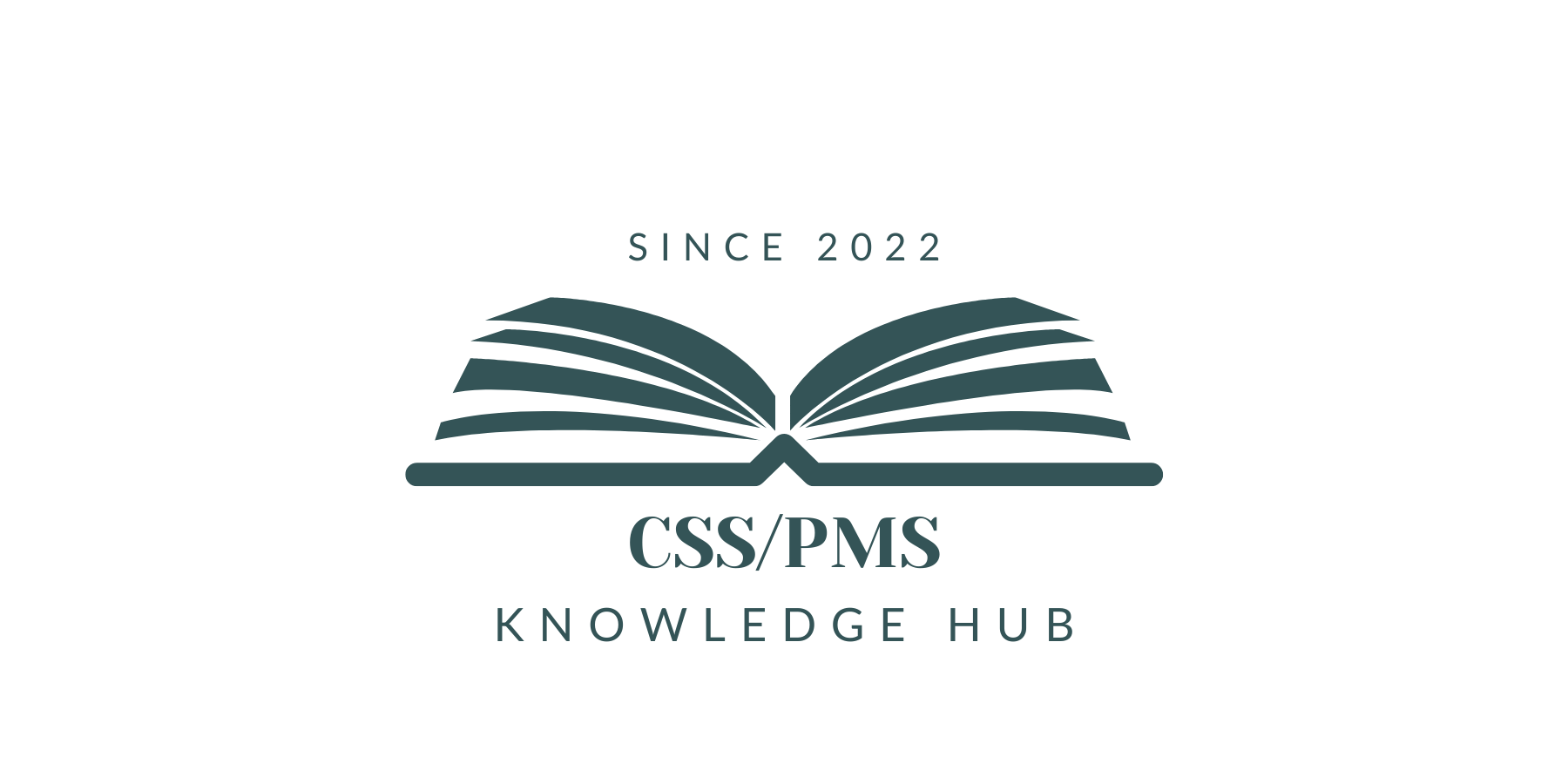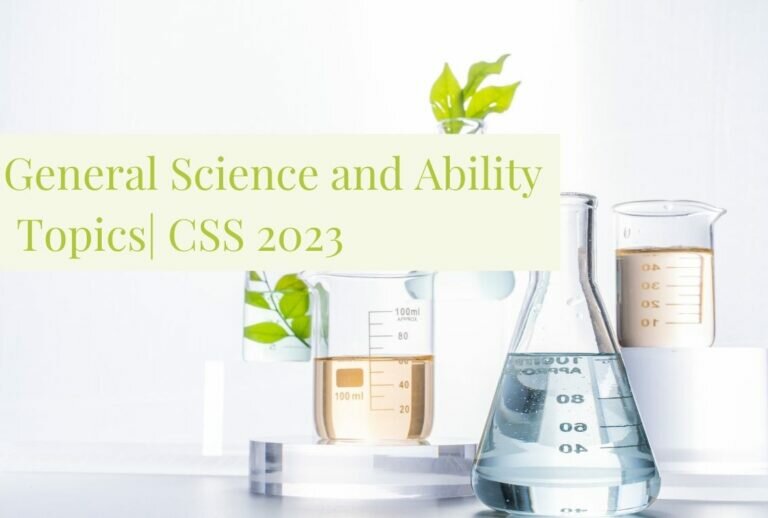6 Steps of Effective Lesson Planning
Lesson Planning is a teacher’s road map for students. It entails what students really need to learn and how learning can be effectively inculcated in their minds. It is a process through which teachers usually go through to ensure an impactful method of imparting education.
The learning objectives for the class meeting must be determined prior to design the lesson plan. After that, you may create learning activities and come up with methods for getting feedback on students’ academic progress.
Components of Impactful Lesson Plans
- Learning Objectives
- Relevant Requirements
- Essential Materials
- Assessment Method
- Lesson Procedure
- Lesson Reflection
Each component of them plays a significant role in effective lesson planning. So, it is necessary to make sure that every step leaves an impact on the minds of students finally.

1. Learning Objectives
Learning objectives entail the checklist of what will the students be able to learn after completing the lesson plan. We can divide this process into different steps. Besides, to make strategic and effective lesson planning, the best method is the “SMART” criterion. This criterion leads students toward a better understanding of the topics.
What is the SMART Criterion?
- Is the objective specific?
- Is the objective measurable?
- Can we find it attainable for all students?
- Is it relatable to the class and the students?
- Is the objective time-based to complete the syllabus?
Example – Lesson Planning
If you’re teaching Microsoft Word in the class in a basic class, you may have the following objectives in your mind.
- How to use font sizes and font styles?
- How to open a new document?
- When to use which font size?
While creating the lesson objectives, one should make sure the SMART criterion for effective teaching.
2. Relevant Requirements
National, state, or school standards that specify what you must teach in a class are relevant requirements. You, as a teacher, have had to meet those requirements in your lesson planning. Including them in your lesson plan also ensures that you have focused on those standards.
Additionally, some administrators demand that teachers clearly outline how they will cover each lesson’s course objectives. Use the identical organizational structure specified on your standards when placing course standards or certification elements on your lesson plan. It also helps to make sure that you’re on track.
Example – Lesson Planning
You’re teaching CTE (Career and Technical Education) courses to students you likely need to link your lesson plans to certifications requirements also.
3. Essential Lesson Materials
The list of items you’ll need to present the lesson is the third major component of the lesson plan. It is essential to assess students’ progress. Without this list, you risk forgetting to print a crucial document. It is because of its necessity.
Common lesson materials are the following:
- Textbooks
- Tablet/Laptops
- Projector
- Board and board marker
This list is actually dependent on what type of topic you will teach. Which necessary material should be there essentially? And what material is going to impact effectively finally?
4. Lesson Procedure
The lesson procedure is a detailed explanation of how the lesson will proceed in the classroom. In the whole period, the lesson approach mainly consists of step-by-step instructions that you follow. You must decide on the activities that will assist students while developing your lesson plan.
Furthermore, finding out how other teachers approach the subjects in the classroom is another excellent option. To accomplish this, speak with coworkers.
Example – Activity
If you’re teaching MS Word in the Computer lab, you may ask everyone to write paragraphs and make them analyzed by one another. Besides, it will help students boost their confidence and every student will get equal opportunities too.
5. Assessment Method
The evaluation process or assessment method determines if students comprehended the topic in a class and achieved the lesson’s goals. Most of the time, the techniques in your lesson plan will be formative tests, and they will be changed. It is an essential part because you can evaluate students. Moreover, it also helps measure your capability.
Some common assessment options include:
- Quizzes
- Hands-on activities
- Group presentations
- Writing assignments
You may also assess students by giving them homework. It can also be done by giving them an in-class project that they must do before the succeeding class.
It’s crucial to take your class objectives into consideration while selecting your assessment approach. Consider using an exam that asks students to describe a topic if one of the objectives was for them to grasp it.
Create an assessment to verify that students can perform a skill if one of the learning objectives was for them to show it. Moreover, even if a lot of assessments in a class are marked, they are not enough. It is also required that formative exams must be assessed.
6. Lesson Reflection
After a lesson is over, teachers are encouraged to make notes about how to make it better. This is in the lesson reflection section of the lesson plan.
By this time, your lesson has definite goals. Furthermore, it is a strategy for instruction and a means of evaluating student progress. But if you don’t evaluate your own success honestly, you’re failing your future students.
After finishing your class reflection, pose the following inquiries to yourself:
- Did the lesson take longer than planned at certain points?
- Was there also a section where students frequently sought assistance?
- Did pupils have any trouble processing the information
- Was the lesson interesting and engaging for the students?
- Did the majority (or all) of the pupils achieve the goals?







